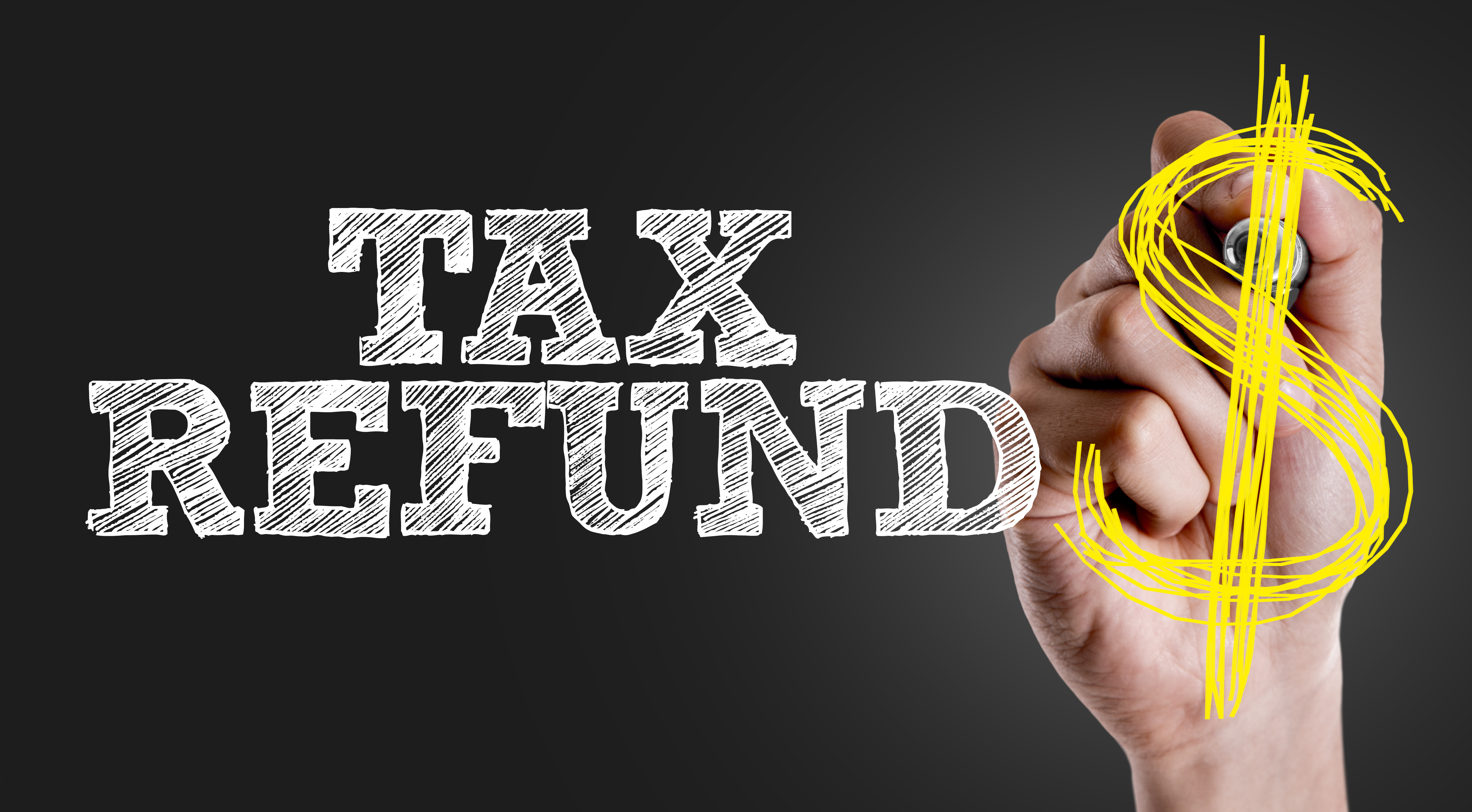What could I do with my tax refund?
 Instead of just spending the money, you could plan to pay yourself.
Instead of just spending the money, you could plan to pay yourself.
About 70% of taxpayers receive sizable refunds from the Internal Revenue Service. Just how sizable? The average refund totals about $2,800.1
What do households do with that money? It varies. Last year, consumer financial services company Bankrate asked Americans about their plans for their federal tax refunds. Thirty-one percent of the respondents to Bankrate’s survey said that they would save or invest those dollars, and 28% indicated they would attack their debts with the money. Another 27% said they would buy food with that cash or use it to pay utility bills. Just 6% said they would earmark their refunds for shopping sprees or vacations.2
So, according to those survey results, about six in ten people who get a refund will use it to try and improve their personal finances. You could follow their example.
Do you have an adequate emergency fund? If not, maybe you could strengthen it with your refund. If you have no such fund at all, your refund gives you an opportunity to create one.
You might use your refund to pay off your worst debts. High-interest debts, in particular – if you pay off a debt that carries 16% interest, getting rid of that liability is, effectively, like getting a 16% return. If you lack an emergency fund, you should create that first, then think about reducing your debt. Paying debt down without an emergency fund or some reservoir of savings just sets you up for quickly accumulating more debt.
If you own a home, you may want to consider making a thirteenth mortgage payment before 2017 ends. Putting your refund to work that way may make more sense financially than putting it in the bank, given the minimal interest rates on so many deposit accounts today.
You could pay insurance premiums with the funds. An IRS refund of around $3,000 could go a long way. If you have put off buying a term or permanent life policy, your refund might make insuring yourself easier.
Could you invest the money the IRS returns to you? You could increase (or max out) your annual retirement plan contribution with it or simply direct it into another type of investment account. Whether the savings or investment vehicle is tax-advantaged or not, you have a chance to make that lump sum grow with time.
Aside from investing in equities or debt instruments, you could take your refund and invest in yourself. Maybe you might use it to start a business or support a business you already own. It could also be spent on education. Think of these options as “indirect investments” that might help you or your household grow wealthier one day.
Lastly, remember what a federal or state tax refund represents. It is a percentage of your earnings that the government holds back, in the event that you owe it in taxes. If you repeatedly get a refund, you might want to carefully adjust your W-4 withholding, so that your paychecks are larger during the year.3
Note: The opinions voiced in this material are for general information only and not intended to provide specific advice or recommendation for any individual. Please remember that past performance of investments may not be indicative of future results. Different types of investments involve varying degrees of risk, and there can be no assurance that the future performance of any specific investment, investment strategy, or product made reference to directly or indirectly in this newsletter (article), will be profitable, equal any corresponding indicated historical performance level(s), or be suitable for your portfolio. Due to various factors, including changing market conditions, the content may no longer be reflective of current opinions or positions. Moreover, you should not assume that any discussion or information contained in this post serves as the receipt of, or as a substitute for, personalized investment advice from Vermillion Financial Advisors, Inc. To the extent that a reader has any questions regarding the applicability of any specific issue discussed within this newsletter to his/her individual situation, he/she is encouraged to consult with the professional advisor of his/her choosing. A copy of our current written disclosure statement discussing our advisory services and fees is available for review upon request.
For more information, or if you have any questions at all feel free to call us or set up an appointment!

